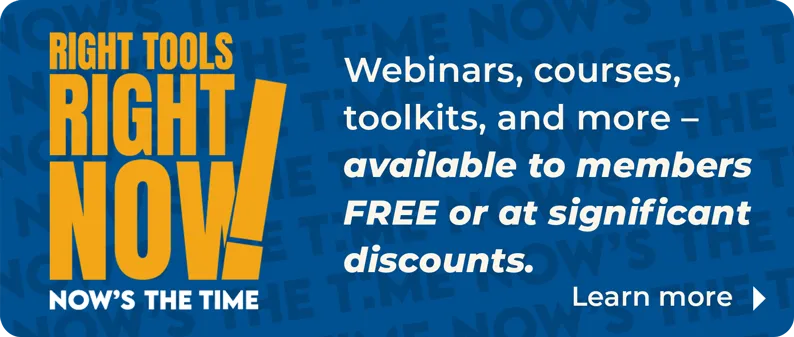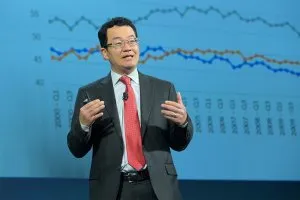Looking out onto a cleared land mine field in western Cambodia during a 2007 visit, Marta Karpiel saw row after row of white sticks, each marking an area where a mine had been removed. The sticks serve as a visual reminder of the progress that’s been made de-mining the one of the most heavily land mined countries in the world. Yet Karpiel couldn’t help but think that the quiet field was reminiscent of a cemetery.
“That first trip was very emotional. If those mines had not been removed, the white sticks may as well have been headstones,” says Karpiel, a practitioner with Alain Pinel, REALTORS®, in Carmel, Calif.
Karpiel has dedicated the last five years to supporting the Carmel-based Freedom Fields USA, a nonprofit organization dedicated to the humanitarian removal of land mines in war-torn countries. She has traveled to Cambodia twice to witness land mine removal first-hand, the first time in 2007, and to meet with villagers who are benefiting from her efforts.

“Once the land mines are removed, the next morning you’ll see people going out and planting vegetables,” says Karpiel. “You see the effect of your work so quickly. Yesterday they couldn’t walk in those areas, and today they’re cultivating crops.” Of the 14.7 million people in Cambodia, about 80 percent live in rural areas, and more than 90 percent depend on agriculture for their livelihood.
Freedom Fields USA is the second-largest private donor group to Halo Trust, the world’s oldest humanitarian land mine clearance organization. More than 63,500 land mine casualties have been recorded in Cambodia since 1979, and with more than 25,000 amputees, Cambodia has the highest ratio per capita in the world.
Karpiel, a native of Poland who immigrated to the United States in 2001, gives 10 percent of her income to Freedom Fields and serves on the 13-member, all-female board. “[At first] I wasn’t making any money and I was just getting my business going, but I felt it was something I should do,” Karpiel says. “I was so thankful to be [in the United States] and be blessed with a better life, I felt I should give and help others to have an opportunity for a better life.”
Karpiel is Freedom Fields’ marketing coordinator, but her work has reached far beyond that. Her fund-raising efforts have resulted in more than $250,000 in donations, and 75 percent of her real estate clients support Freedom Fields.
To date, Freedom Fields USA has raised about $600,000 for Halo Trust (that number is expected to rise to $800,000 by the end of 2011) and made safe 160 acres of ground, destroying about 6,000 land mines in the process. “They’ve benefited approximately 21,000 Cambodian residents,” says Amy Currin, program officer for Halo USA. Freedom Fields’ goal is to make Cambodia mine–free in five years.
“Seeing people, especially children, without legs or hands is really striking,” Karpiel says. “The removal of the land mines is really the first step to help the economy in Cambodia grow.”
Karpiel developed a fund-raising tool—a map of Cambodia divided into parcels so that donors have more of a connection to how they are helping. As the parcels are purchased, Karpiel fills in the names of the sponsors on the map.
“Marta extends her whole self to her cause,” says Hamwey. “It has not been enough for her to donate her money, time, and talent. Upon finding a shack of a schoolhouse on mine-cleared land, Marta saw to it that a new, concrete school was built and that each child had a backpack, books, and school supplies.”
In a one-night fund-raiser, Karpiel organized a coupon drive where donors could buy a desk, door, chair, or blackboard. Freedom Fields raised $20,000 for the school that night. The building was in place by the time she took her second trip to Cambodia in 2009.
“Every time you come back from a trip, you have so much motivation and so much inspiration to do more because you know you’ve made such a huge difference,” Karpiel says. “I’m receiving so much more than I’m giving. The satisfaction that you get from helping and knowledge that you’re saving people’s lives—there’s no measure for that.”








